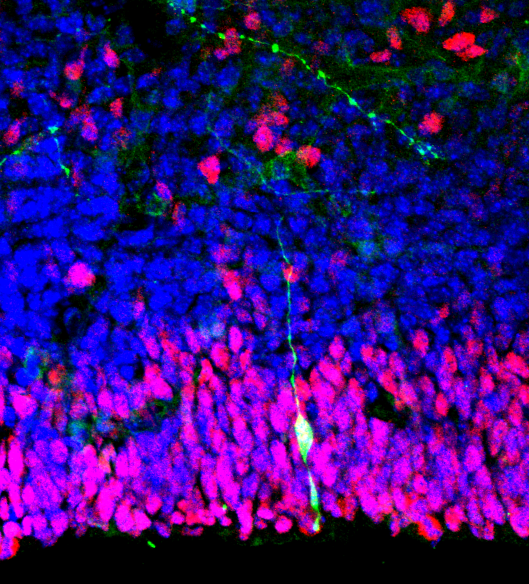New Scientist
Image: CodonAUG
What a nerve! Skin cells taken from people with bipolar disorder have been turned into brain cells. These in turn are offering up clues about the changes in the brain that drive the disorder, and may also provide a way to test new treatments.
About three in every 100 people develop bipolar disorder – a mental illness characterised by episodes of depression and euphoria. But the condition remains poorly understood. There are no good animal models, because bipolar disorder – although highly heritable – has, for the most part, not been linked to any specific genes that can be studied using animals.
“People say the condition is probably the result of a lot of small contributions by multiple genes,” says Sue O’Shea at the University of Michigan in Ann Arbor. Now O’Shea and her colleagues may have found an ethical way to make a genetic model of the condition. Read more on newscientist.com…








